During a typical site overview we take levels of the site at each corner and at various measured distances along all boundaries, prepare a contour plan of the site with reference to a relevant datum point or if available, locate all trees, major shrubs and plants as well as identify existing services (if any).
In this brief step-by-step, we provide an outline of what the existing services typically look like.
In preparation for building, the following services need to be located and plotted on the site plan. This information is also available from Dial Before You Dig (dial 1100), a national association for protection of underground networks. You can get a full set of location drawings for all of the following services.
1. Water tapping
- Locate the connection point for the site and reference its depth as this may determine the involvement of the OHS Act. Note that the existing sewer pie inlet must always be capped before construction begins.
- Check the land title and take note of whether an easement has been constructed on the site for these purposes. Record any location of pits.
- Check with the local authority for the connection point. It is also important to take note of the location of any existing septic tank to determine if it needs to be removed from the site.
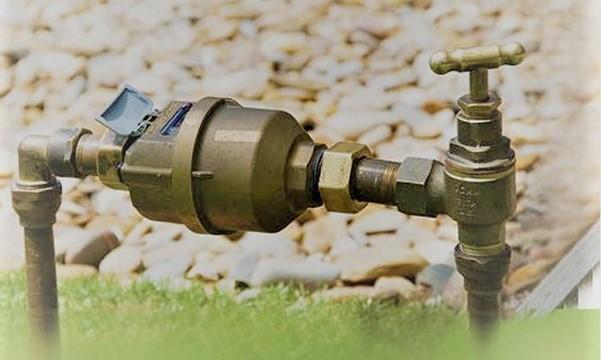
(image: example only. Credits - Southeast Water P/L)
2. Electrical supply
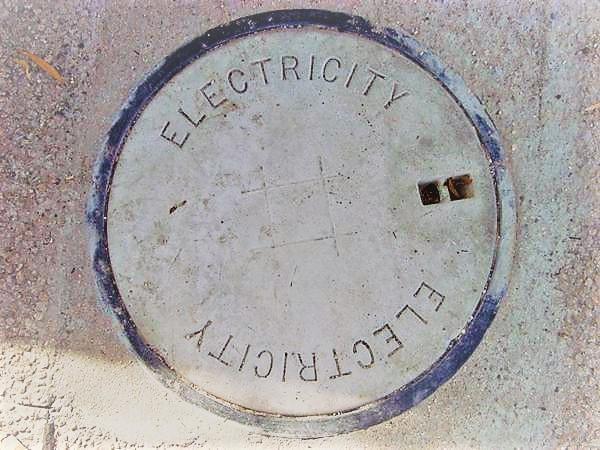
(image: example only - look for the pit cover markings or otherwise an overhead supply)
In a newer suburb or area, look for the power pit at the front of the property. In an older suburb, look for the supply box and/or the overhead supply.
If it is an overhead supply, refer to the requirements of the OHS Act with respect to working near overhead lines.
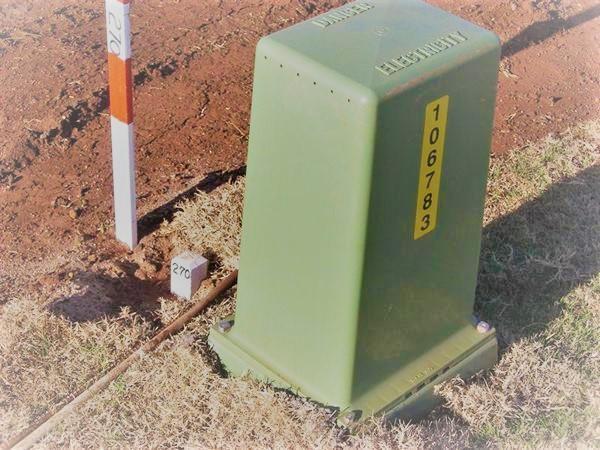
(image: example only - Sometimes an electrial pillar will be installed and marked in the area)
3. Sewer connection

(image: example only - look for pit cover markings)
Locate the connection point for the site and reference its depth as this may determine the involvement
of the OHS Act. Check the land title and take note of whether an easement has been constructed on the site for these purposes.
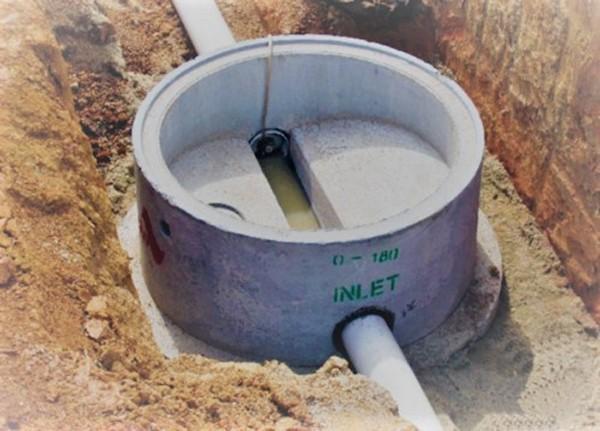
(image: example only - sewer pit during building stage)
Record any location of pits. Check with the local authority for the connection point.
4. Gas connection
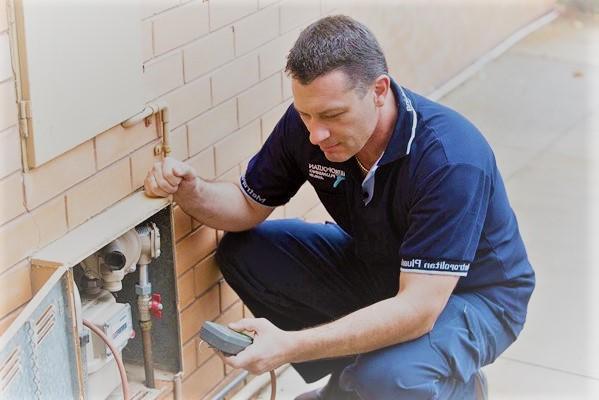
(image: gas connection example only)
Locate the tapping point or check with the local authority the location or existance of one.
5. Telstra connection
or other telecommunication pit or box (e.g. NBN)

(image: example only)
Locate the Telstra pit (if the cable is underground). In an older suburb the supply will probably be
overhead.
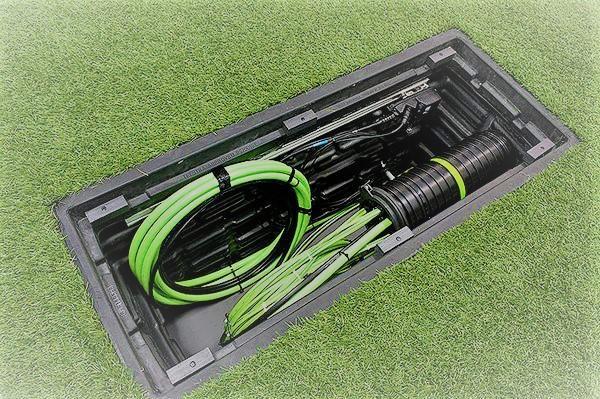
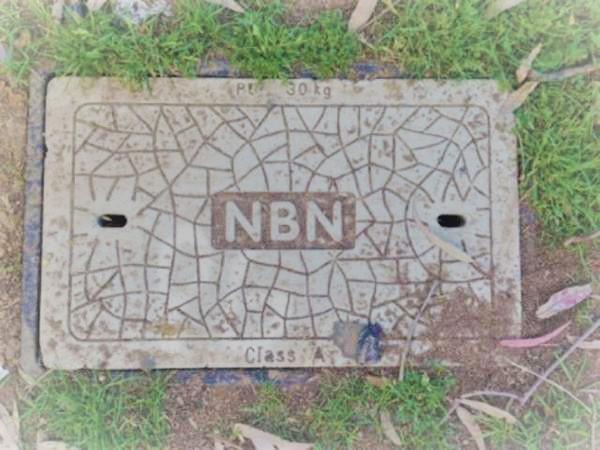
(image: example only)
If this is the case, you need to check the overhead lines above roads, driveways and gardens then log any
cracks or dangers.
6. Stormwater
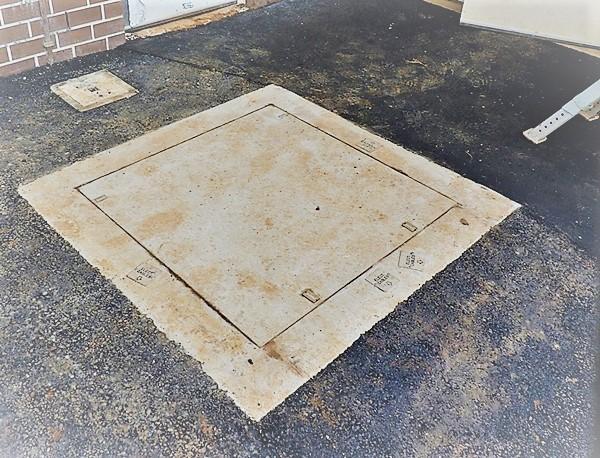
(image: example only - stormwater pit cover)
- Locate the connection point for the stormwater which may be to the street line or a pipe or pit located
within the property. - Locate any pits and refer to the local authority for the possible location of any easements for this
purpose.

(example of stormwater design during construction - above)





